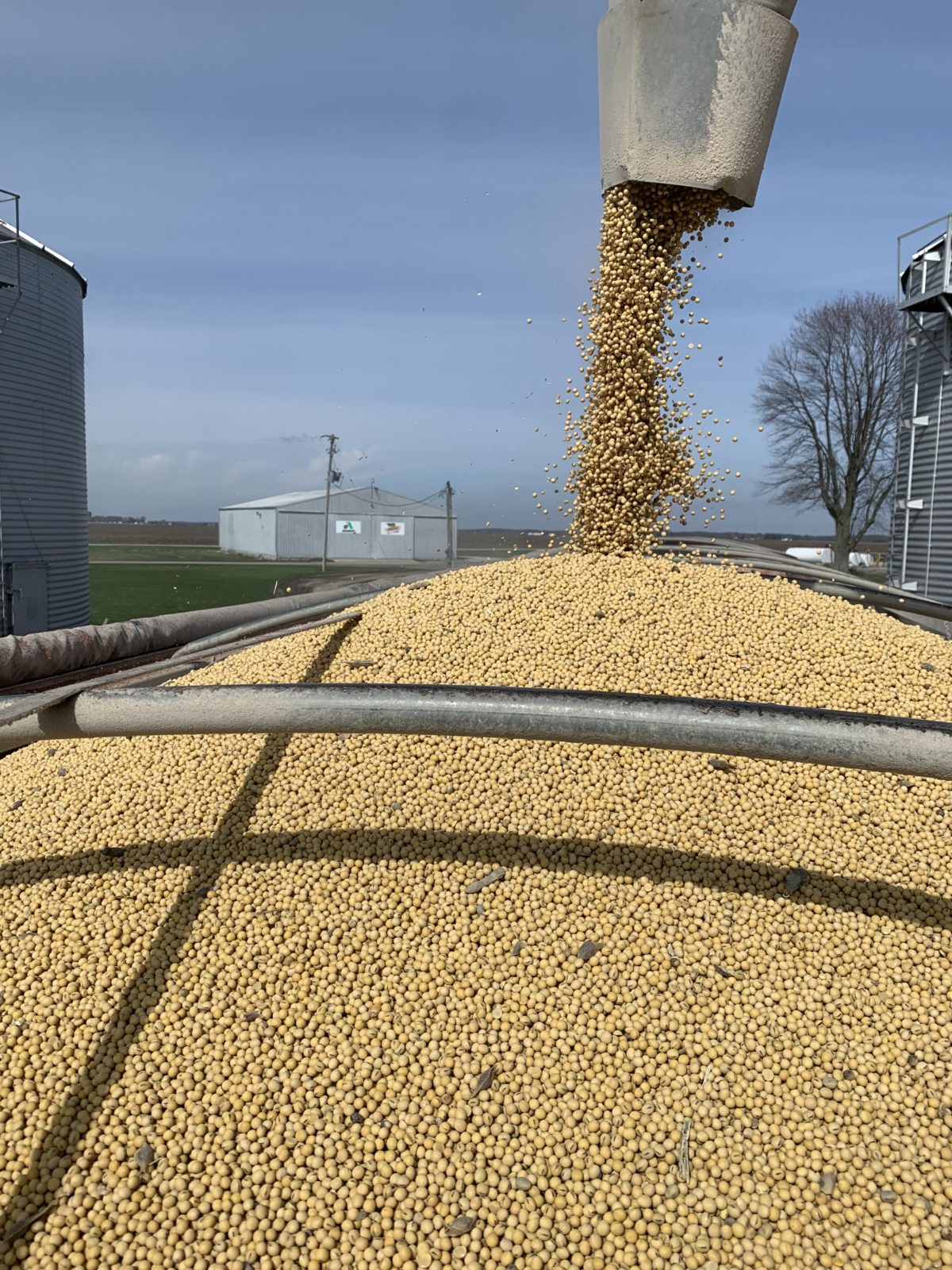When the calendar turns to April, we want to be ready to start planting as soon as field conditions allow in central Illinois, the heart of the U.S. Midwest. To maintain our crop insurance coverage, we can start planting corn on April 5 and soybeans on April 15.
Although our state has a shelter-in-place order on March 21 through April 7 to slow the spread of the coronavirus, my day-to-day hasn’t changed very much. I don’t come in contact with many people. And agriculture has been designated as an essential industry by the U.S. government. We can’t really stop what we are doing on the farm because we have to be ready to plant when the time comes. Although U.S. crop prices have fallen because of this, farmers like me are not likely to change our planting plans this spring.
In fact, the biggest change is that I’ve watched my 5-month-old daughter Madeline more often. My wife Hailey works in healthcare. She is a medical sonographer, meaning she does ultrasounds. As part of the medical community, she is more likely to be exposed. One member of our childcare team is Hailey’s grandma, who is more vulnerable to COVID-19 because of her age. So others, including me, have been taking care of Madeline in her place.
But that hasn’t changed the work we’ve been getting done. I have been hauling soybeans and corn to processing plants in nearby Decatur, Illinois. The need to haul commodity grain hasn’t changed. We just avoid face-to-face contact at the local elevators, or storage facilities, where I sometimes load grain, and at the processing facilities where I unload. Transportation needs may actually be picking up as we manage the coronavirus.
And we’ve been getting our fields ready.

In early March, dry weather allowed us to do some repair work we hadn’t done for a few years due to wet weather. Heavy rains like we’ve received the past few seasons create some erosion, regardless of tillage system. We dragged dirt that had moved back in place and shaped small areas to slow water flow and direct it to grass waterways and ditches. This prevents the loss of precious topsoil when we get heavy rain.
It has been raining more often since mid-March, so now we are waiting for fields to dry out. Once they do, we will have many things happening all at once. Last fall was wet, so we weren’t able to get our fields ready for planting then. That means we have lots of work to do this spring. Wet soil may be our new normal, so we are learning how to adapt to the opportunities we have to be in the field and maintain our crop yields and quality.

For corn, we will spray a combination of herbicide and nitrogen to control weeds and provide fertilizer. Then we do some tillage in those fields to make sure we don’t lose the fertilizer. Then, we plant corn.
For soybeans, we till fields first to prepare a good seed bed. If weather conditions and timing don’t allow that tillage, we will plant soybeans in no-till. But for our soil types, the ground needs to be drier to plant no-till. We want to plant soybeans earlier if we can. Just after planting, we spray herbicide to prevent weed competition while the crop emerges.
All of that work for corn and then soybeans, will be going on at the same time as quickly possible, between my dad, my grandpa, hired help and me. We’ve gotten the equipment, including our planter and field cultivator, ready to go.
As seed dealers, we also sell seed to other farmers. Seed for 2020 has been delivered to our warehouse. We will be delivering it to those farmers this week, with minimal personal contact, so they also can start planting as soon as weather allows.

We’ve had plenty to do, but we are about to get much busier, and we are looking forward to it.
